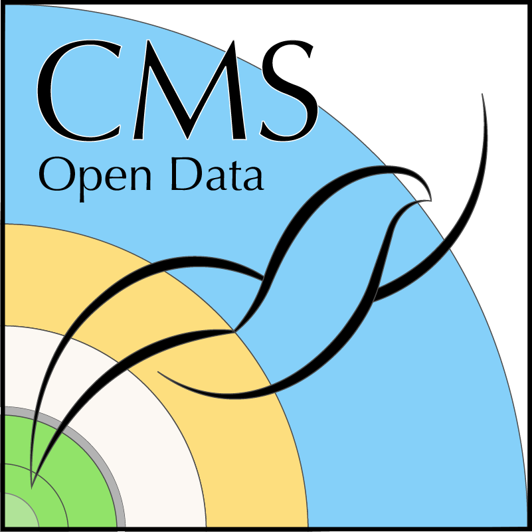Skip to main content
This lesson is in the beta phase, which means that it is ready for teaching by instructors outside of the original author team.
Triggers & Luminosity
NanoAOD files contain the important kinematics, identification,
isolation, and tagging information typically needed for analysis event
selection.
Event selection criteria must be a reasoned balance of physics
objects to keep, physics objects to reject, and trigger options from
CMS.
The CMS trigger system filters uninteresting events, keeping the
budget high for the flow of interesting data.
Computationally, a trigger is a CMSSW path, which is composed of
several software modules.
Trigger prescales allow the data acquisition to adjust to changes in
instantaneous luminosity while keeping the rate of incomming data under
control
The trigger systems allows for the classification and organization
of datasets by physics objects of interest.
NanoAOD stores basic pass/fail information for both L1 and HLT
paths
NanoAOD does not contain trigger prescale or trigger object
information
Trigger prescale information can be accessed from brilcalc
Trigger object information must be accessed by processing MiniAOD
files in CMSSW
Luminosity is a measure of the number of collisions occuring in
CMS.
Luminosity is measured in various subdetectors: the pixel tracker,
the HF, the PLT, and the BCM1F.
After careful calibration, the 2016 luminosity uncertainty is only
1.2%.
Triggers need to be chosen with the event topology of the analysis
in mind! They place constraints on your choices for selecting physics
objects in an analysis.
The brilcalc tools allows you to calculate luminosity for a run, a
range of runs, or a trigger path.
The brilcalc tool can also share information about trigger prescales
throughout a run.
